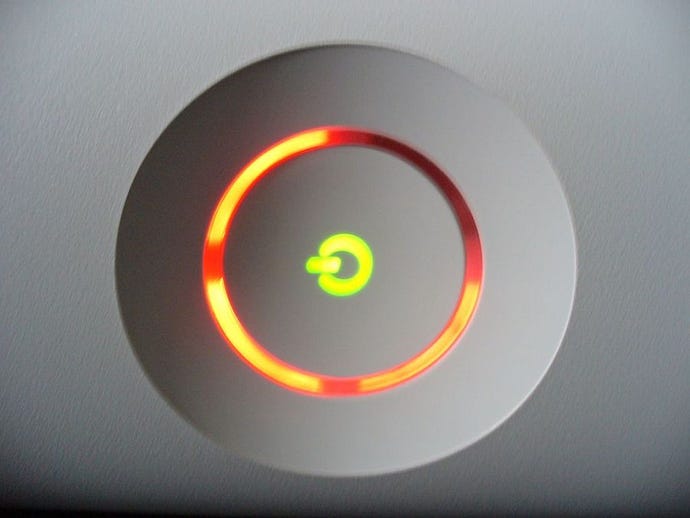Xbox One "wouldn't have happened" if Ballmer hadn't approved $1.15B RRoD budget
Everyone who owns an Xbox 360 became familiar with the term "Red Ring of Death" at some point. Some of us became familiar with the term through experience. EA's Peter Moore was working for Microsoft at the time, and he had a rather interesting story to tell regarding the matter.
Speaking with IGN in a podcast, Moore recounted the entire saga, starting with the moment Microsoft learned there was problem with overheating and hardware failures.
In short, as the reports of faulty consoles poured in, he knew a meeting with Steven Ballmer was in order, and he was rather nervous to tell Microsoft's boss that it would cost the company $1.15 billion.
"I calculated with my finance team, Dennis Durkin, Doug Ralphs and [put] $1.15 billion, right out there. I always remember $240 million of that was FedEx. Their stock must have gone through the roof for the next two weeks.
"And, I am trembling sat in front of Steve, who I love to death, but he can be an intimidating human being. Steve said, 'okay, talk me through this.' I said, 'if we don't do this, this brand is dead."
Moore said if it weren't for that meeting, the Xbox brand would have been finished.
"I'll never forget that moment," said Moore. "If you're an Xbox gamer, you can thank Steve Ballmer for not even hesitating. Now, we were a wealthy company who could afford to do that, but not even hesitating because the brand was more important.
"If we hadn't made that decision there and then, and tried to fudge over this problem, then the Xbox brand and Xbox One wouldn't exist today. [Ballmer] didn't even think twice about spending $1.15B to protect a brand that's probably worth three or four times that today.
"Xbox One wouldn't have happened."
Moore said one theory for the RRoD issue, was that the company had to change its solder to one which was lead-free in order to sell the console in the EU.
"Solder is the way you put the in GPU and the fans," said Moore. "We knew [the issue] was heat related. We think it was somehow the heat coming off the GPU was drying out some of the solder, and it wasn't the normal stuff we'd used, because we had to meet European Standards and take the lead out."
There's plenty more in the podcast, and Eurogamer has pulled some of the best bits out if you would rather read it.


